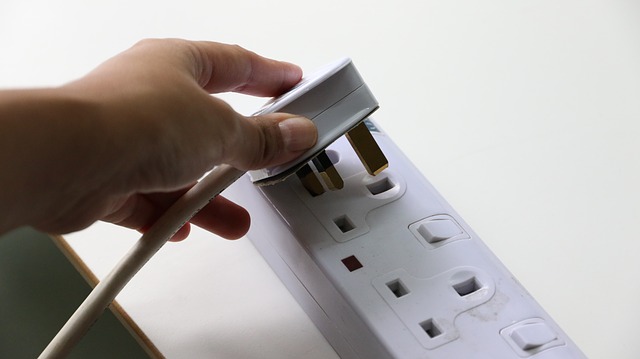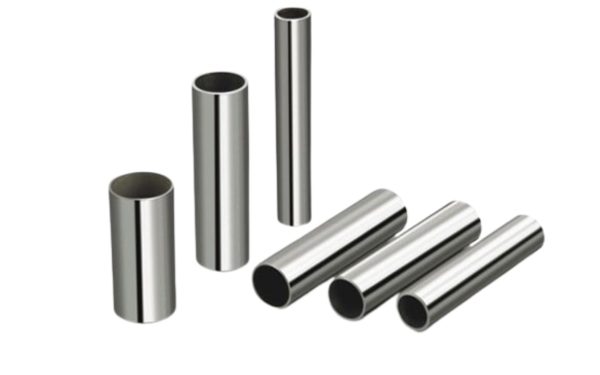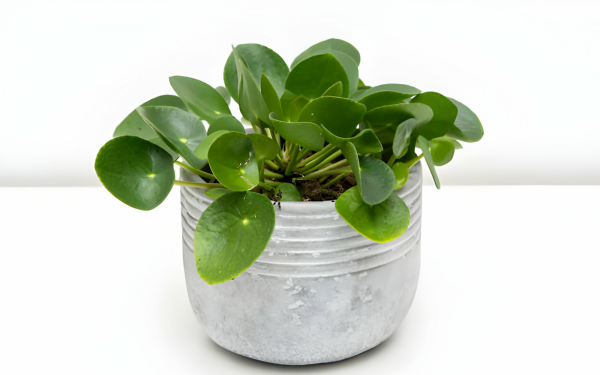5 Tips For Selecting Quality Extension Cord

With so many extension cords available on the market, it becomes highly challenging to choose the perfect extension cord. Most people don’t understand how risky and dangerous it can be to select the wrong cord and don’t think much while buying an extension cord. But it is essential to choose the right cord that correctly matches your requirements.
Also, selecting the right type of extension cord can help prevent fires and ensure safety. You should note down the following five tips before you buy an extension cord :
Buy thicker extension cords to carry more power.
Thick wires fitted inside the extension cord indicate the amount of power the cord can efficiently carry. Thick-formed cables are used for long distances as it can take much more power. Any extension cord must have the minimum capacity of 30 amp extension cord rate to run low power gear such as lights, battery chargers, and stereo. But these minimum capacity cords wouldn’t be enough to run high power machines like drills, saws safely at peak power.
Following is the thickness you require according to the length of the cord:
- 25 feet – 14/3 (14 AWG)
- 50 feet – 12/3 (12 AWG)
- 100 feet – 10/3 (10 AWG)
Larger numbers indicate smaller and thinner wires. This means it can carry less power. For example, 14 AWG is the thinnest wire you should use if the cord’s length is 25 feet or shorter. And 10 AWG is the thickest you’ll find in an extension cord. When you’re going to buy a cord, check the numbers above.
Buy longer cords than required.
Whenever you decide to buy a cord of a particular length, always go for the next length extended cord. It would be more convenient, smooth, and safe; otherwise, it is very annoying if it doesn’t reach your work area. Moreover, you shouldn’t daisy chain cords, linking one with another. The extra length of multiple cords adds electrical resistance between the outlet and the tool or machine you’re attempting to power. Added resistance can result in voltage drops that would cause tools like drills, saws, and vacuums to run at lower power. The extra resistance can result in extra heat, which can cause the cord to melt or even catch fire. Also, buying a long cord would not require you to buy another one for your next project.
Buy cords that can handle 15 amps.
If you are not sure about the cord length and thickness relationship, check the cord’s amperage rating. It would be best if you skipped indoor and outdoor cords rated for 10A or 13A and instead buy one rated 15A. (Do not buy an extension cord if its packaging doesn’t specify the maximum amperage) This way, you will be able to use it in any household equipment, and 15A breakers and fuses will break off the power before the cord reaches its limits.
Don’t worry about voltage ratings for household uses. Contractor cords used in job sites can be rated for 300 V to reach workplace safety requirements. Even though these cords might be a little more robust and powerful, do not buy these cords if you’re not a professional.
Avoid indoor/outdoor cords that have several outlets.
You might want to invest in an extension cord with multiple outlets, but if you need a cord to run tools, equipment, lights, or other power hogs, it would be safe not to buy them as they have chances of getting overloaded. For example, a 15A cord has enough capacity to hold a circular saw, but if a few brightwork lights join the outlet, the cord will overload every time you switch on the saw. It is always better to buy one outlet per cord and stick it to a single appliance. Indoor cords used to power items like mobile phone chargers, laptop chargers, lamps have somewhat different guidelines.
Different rules for indoor-only cords
If you decide to buy a cord for the living room or bedside table, don’t go for the thick and heavy bright-colored cords we mentioned above. Less powerful cords are fine for phone chargers, laptop chargers, lamps as long as you are conscious of the limits. For example, you can use these cords to power a small fan, but powering a window air conditioner would be a bad idea. A digital photo frame is acceptable, but a home theater is not.
The outdoor cords fit regular plugs, but it is best to opt for flat plugs that won’t jolt away from the wall outlet, uncovering the connection in case of the indoor cords. Also, while buying an indoor cord, look for a round cord, giving more protection. These cords have two layers of insulation and are more durable. Also, never keep them in sunny or damp locations as they are not weather resistant.
Conclusion
Always be careful while selecting cords as misuse of these cords leads to the death of 50 people every year and 4000 injuries. Be safe and buy sturdy cords and follow the above five tips to help you buy quality extension cords.


